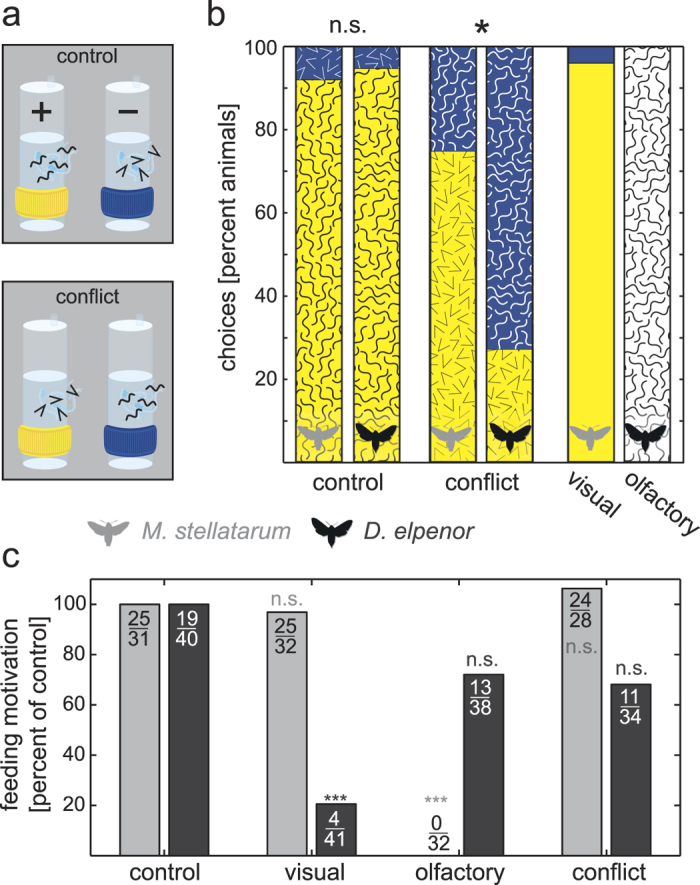Figure 3. The relative importance of visual and odour cues in a foraging task.

(a) Animals were trained to a rewarded combination of visual and olfactory cues (yellow and honeysuckle odour (waves)) and the unrewarded (blue and bergamot odour (arrows)) and tested with this combination (control) or a conflict between cues. (b) Choices (touching of the feeders with the proboscis, percentage of animals) when presented with the control and conflict condition, visual cues only in M. stellatarum, and olfactory cues only in D. elpenor. (c) Feeding motivation of moths scored as touching of the feeder with the proboscis out of all animals flying, normalized to the control condition for each species. Significance tests in (b) and (c), Fisher’s exact test: *p < 0.05, **p < 0.01, ***p < 0.001. For full results and statistics see Supplementary Table S3.
